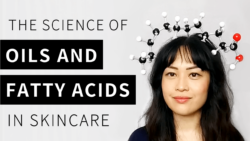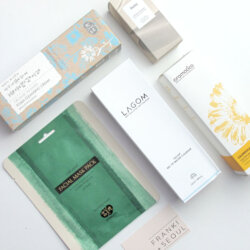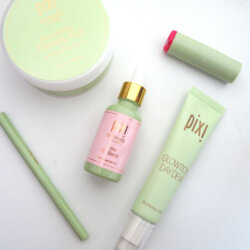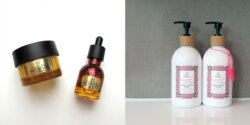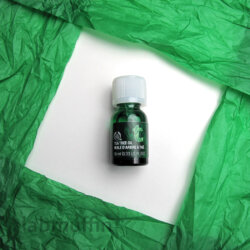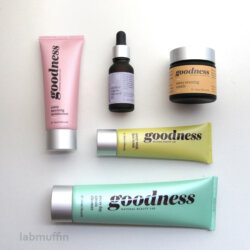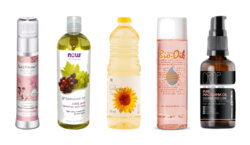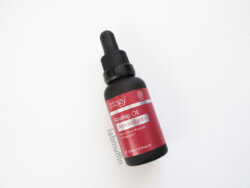Skincare Oils and Free Fatty Acids: The Science
If you’re a skincare nerd, you may know that different skincare oils have different fatty acid profiles – that is, they differ in terms of which fatty acids they contain e.g. linoleic, linolenic, oleic and lauric acid. The fatty acids have interesting properties. For example, lauric acid is strongly antibacterial, and works better than benzoyl peroxide against Cutibacterium acnes bacteria. …
